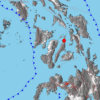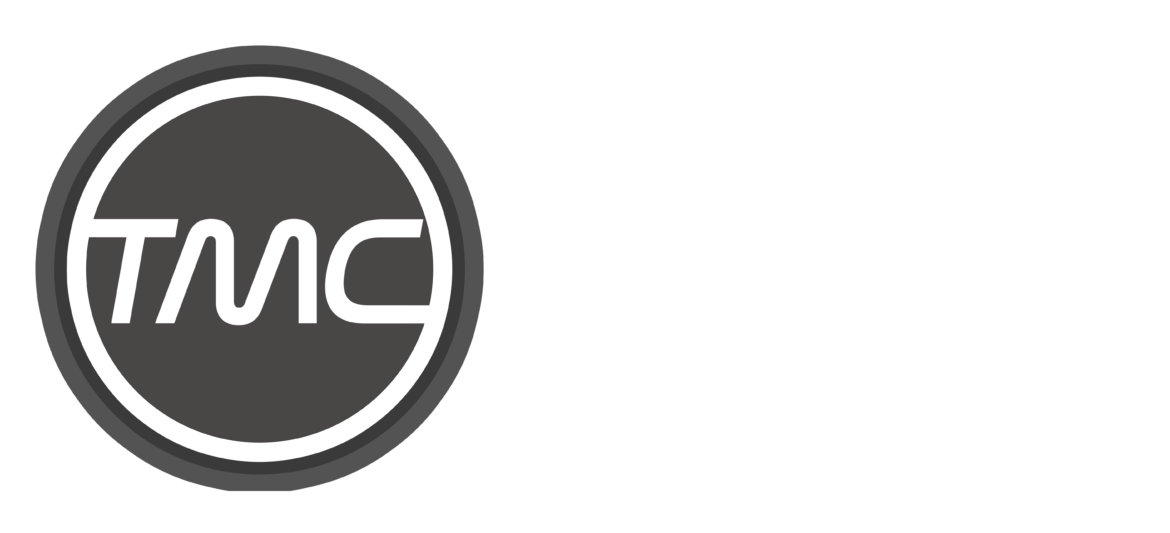
chevron_left
-
 play_arrow
play_arrow
105.1 TMC 105.1 TMC
-
 play_arrow
play_arrow
Cebu Calling Podcast Kuya Magik
Metro Cebu Consumers Brace for 12% Water Rate Hike Starting October 1

share
close
Beginning October 1, 2025, consumers in Metro Cebu will see a 12 percent increase in their water bills as the Metropolitan Cebu Water District (MCWD) implements a new rate structure and tighter disconnection rules.
What’s changing
The MCWD announced on September 29 that the rate hike has been approved by the Local Water Utilities Administration (LWUA) and will take effect Wednesday. This is the second rate adjustment for the year; earlier in March, MCWD provisionally implemented a rise of about 38 percent, which consolidated previously separate “power cost adjustment” and “purchased water adjustment” charges into the base rate.
Under the new rates, the minimum monthly charge for a typical residential connection (21 mm meter) for the first 10 cubic meters (m³) will be ₱235.60, marking a ₱25.84 increase over the March rate of ₱209.76. A household consuming around 21 m³ per month can expect their bill to climb by about ₱56 — from roughly ₱470 to ₱527.
Tougher disconnection policy
Alongside the rate hike, MCWD is overhauling its disconnection policy. Previously, accounts could be disconnected only after two months of nonpayment. Under the new rule, disconnection may occur after just one month of unpaid bills.
To ease the transition, the grace period on overdue payments has been lengthened from three days to seven days. So in practice, missing your October payment can subject your account to disconnection by November.
Why MCWD says it’s needed
MCWD argues that the rate adjustment is essential to sustain operations and fund infrastructure projects. The utility is self-funded and does not receive subsidies from local or national government.
Over the past decade, it has invested about ₱2.1 billion in expansion and rehabilitation projects, including the ₱1.1 billion Lusaran Bulk Water Project, which began supplying 30,000 m³ per day to upland areas in 2022.
The utility also aims to improve its collections. As of mid-2025, its collection efficiency stood at about 92 percent; MCWD hopes to meet LWUA’s target of 95 percent. Tighter disconnection measures, they say, will help prevent the buildup of unpaid debts that burden the system.
Bigger challenges ahead
The rate hikes reflect deeper problems in water supply and finance. Metro Cebu is facing rising demand from rapid urban development and pressures on groundwater sources. To diversify supply, MCWD has been buying bulk water and investigating desalination—options that are costly but seen as necessary for resilience against climate and supply stress.
Because the last tariff review was delayed during the COVID-19 pandemic (originally scheduled for 2020), MCWD has long deferred cost recovery. The current adjustments are meant to help it catch up and ensure sustainable financing going forward.
Looking ahead, key points to monitor include:
-
How MCWD handles disconnections and reconnections, especially for lower-income customers
-
Whether the stricter policy causes hardship or will be softened
-
Future rate increases tied to energy and desalination costs
-
How coverage and reliability evolve as the utility invests in higher-cost sources
For now, consumers in Metro Cebu must brace for the higher water bills and stricter payment rules—right as the rainy season fades and household expenses remain tight.
Written by: topsmediacenter
Rate it
Latest posts
Current show
Upcoming shows

The Magik Hour
1:00 pm - 2:00 pm

TMC Local Flavours
2:00 pm - 7:00 pm

Bai Jaya Show
7:00 pm - 10:00 pm

TMC Local Flavours
6:00 am - 7:00 pm

Tambag Mo, Chancy
7:00 pm - 10:00 pm
All rights reserved - Copyright 2025 - Tops Media Center









